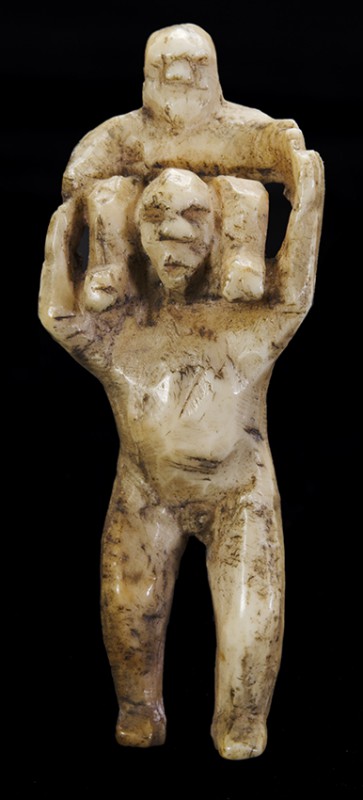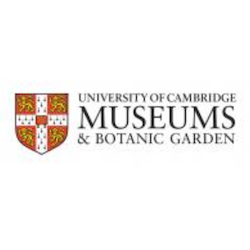Exhibition overview
Exquisite sculptures, a thousand years old, are on display in the Micro Gallery until September 2016. They were created by pre-Inuit people living in the region of present day Igloolik in the Canadian territory of Nunavut. Miniature human figures, polar bears, caribou, walrus and birds may have been used as amulets in a world dominated by spirits and mediated by shamans. The figures were painstakingly carved in walrus ivory and caribou antler using flaked flint blades, and a rare knife with a meteoric iron blade, also on display.
The carvings and tools were made by people of the Dorset Culture (500 – 1500 AD), identified by many contemporary Inuit as Tuniit, mythic giants recalled as early inhabitants of Nunavut. The collection originates from a remarkable encounter between local Inuit, French missionary Father Etienne Bazin, and Cambridge trained archaeologist Graham Rowley in the 1930s. The display is complemented by an early twentieth century woman’s parka, an amauti with a hood to hold a child. This was skilfully tailored from sections of caribou skin. It was also collected in Nunavut by Diamond Jenness, the archaeologist who first identified the Dorset Culture during the 1920s.
Image: A walrus ivory carving of man carrying a child. Dorset culture. Collected and donated by Graham Rowley. Abverdjar, Foxe Basin, North West Territories, Canada.
MAA 1950.405. Photography by Jocelyne Dudding.







